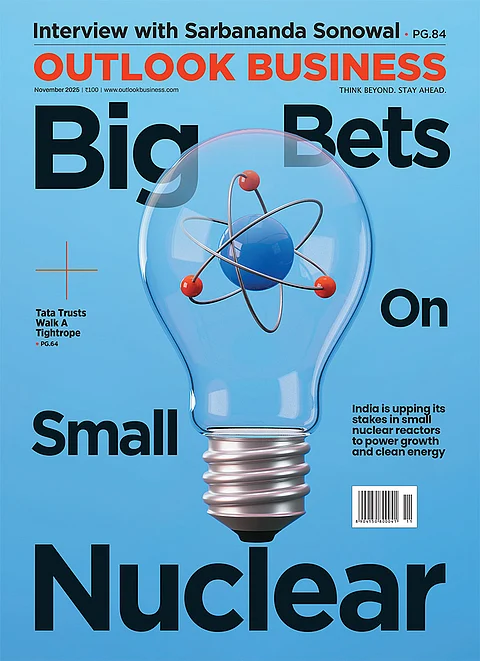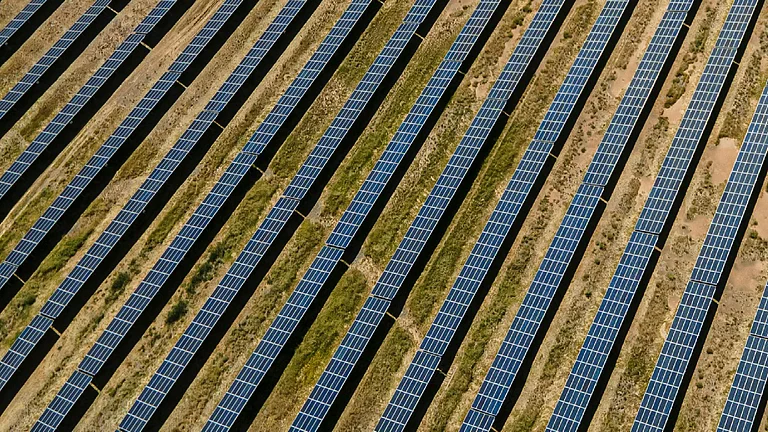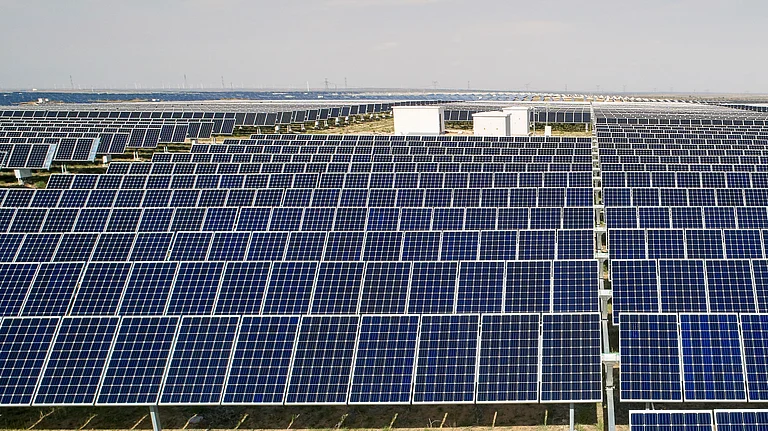
India’s power regulator orders stricter compliance from renewable projects for grid stability.
CERC warns non-compliant renewable plants could face disconnection to prevent grid disruptions.
Only two renewable generators meet standards, with many still non-compliant.
India's power regulator on November 17 asked grid operators to clamp down on renewable energy projects that are not meeting technical standards. It also warned that persistent violators could be disconnected to protect grid stability, according to Reuters.
The Central Electricity Regulatory Commission (CERC) said repeated non-compliance with low-voltage and high-voltage ride-through norms by solar and wind plants had caused generation losses and frequency dips during fault events.
Low-voltage and high-voltage ride-through are grid safety requirements that ensure wind and solar plants stay connected during sudden voltage dips or spikes caused by faults, instead of tripping offline and worsening grid disturbances.
The case underscores growing concerns over grid security as India accelerates renewable capacity additions to meet its 2030 clean energy targets.
The petition, filed by the Northern Regional Load Despatch Centre, said several renewable generators were repeatedly non-compliant despite multiple meetings and reminders.
Only two generators – including an Adani hybrid project – have achieved full compliance so far, while others have yet to submit mandatory self-audit reports, the regulator noted.
The CERC directed the Northern Regional Load Despatch Centre and the Central Transmission Utility of India to hold a high-level meeting and devise a procedure to address persistent violations, which could include disconnection of generators.
The regulator also asked for a fresh compliance review and detailed reporting on grid events and non-compliance rates.
Grid Stability Concerns
As India rapidly expands its renewable energy capacity to meet the 2030 clean energy targets, grid stability has emerged as a critical issue.
According to a 2024 report by the International Energy Agency (IEA), India is expected to add a significant amount of renewable energy to its grid, with solar and wind energy leading the charge. India aims to increase its renewable energy capacity to 450 GW by 2030, helping its energy sector decarbonise significantly.
However, integrating renewable sources into the grid presents unique challenges, such as fluctuations caused by changing weather conditions. This makes it essential for renewable energy projects to adhere to technical standards, particularly low-voltage and high-voltage ride-through requirements, to prevent disruptions.
In 2022, the National Renewable Energy Laboratory (NREL) underscored the importance of grid resilience as renewable energy penetration increases. Without robust systems in place to manage these fluctuations, grid instability could lead to more frequent blackouts and inefficiencies.
NREL is actively involved in designing inverter-based systems, with projects ranging from creating hybrid power plant controls to innovating a tool for renewable resource scheduling. But there is still significant work ahead. It makes continuous improvements in infrastructure and compliance more necessary to avoid system disruptions and ensure a reliable energy future.





























